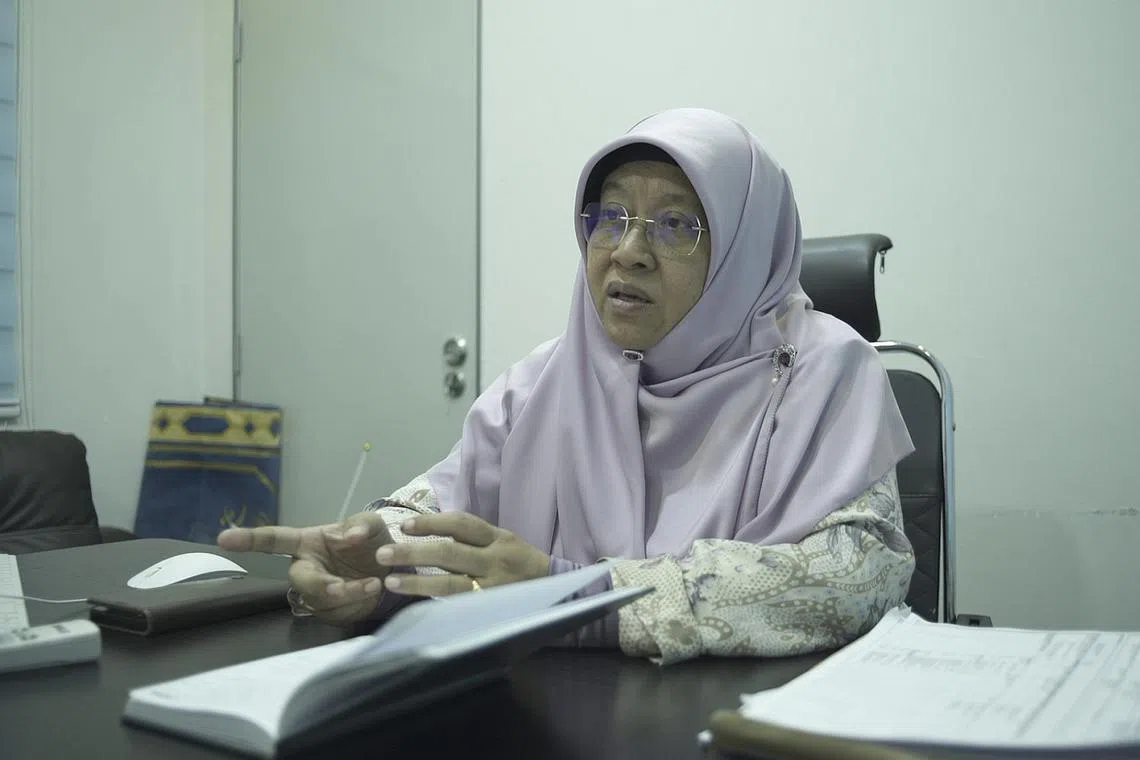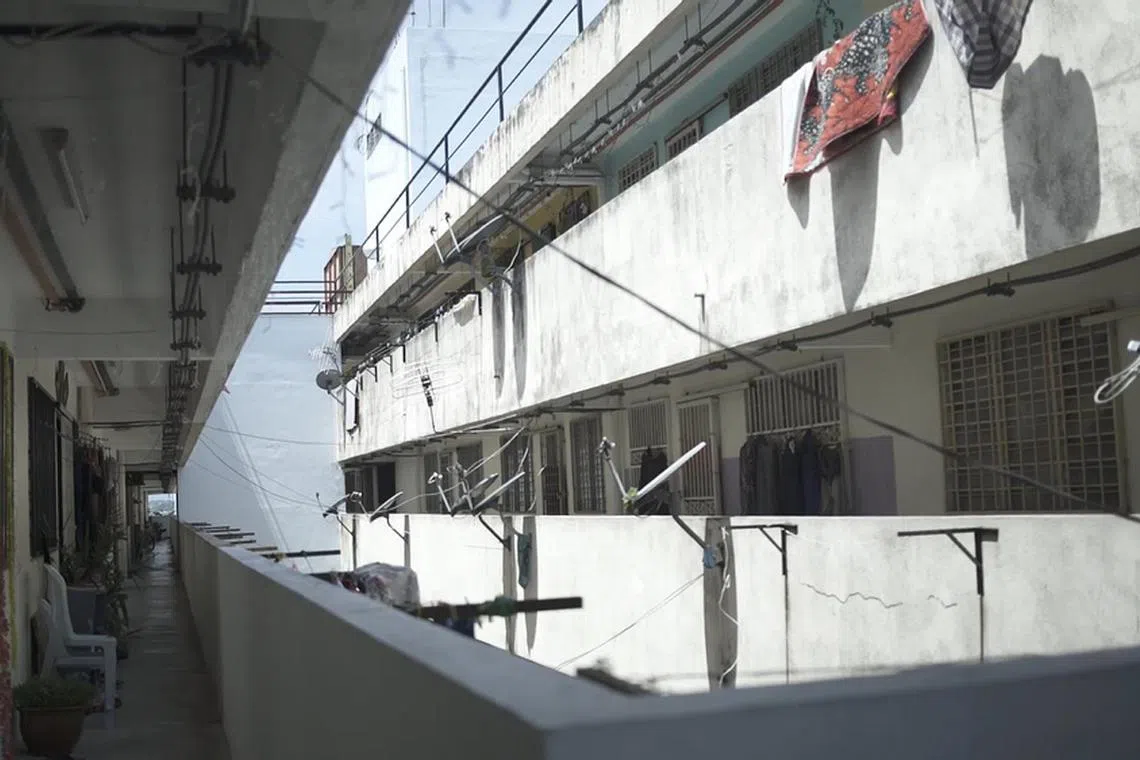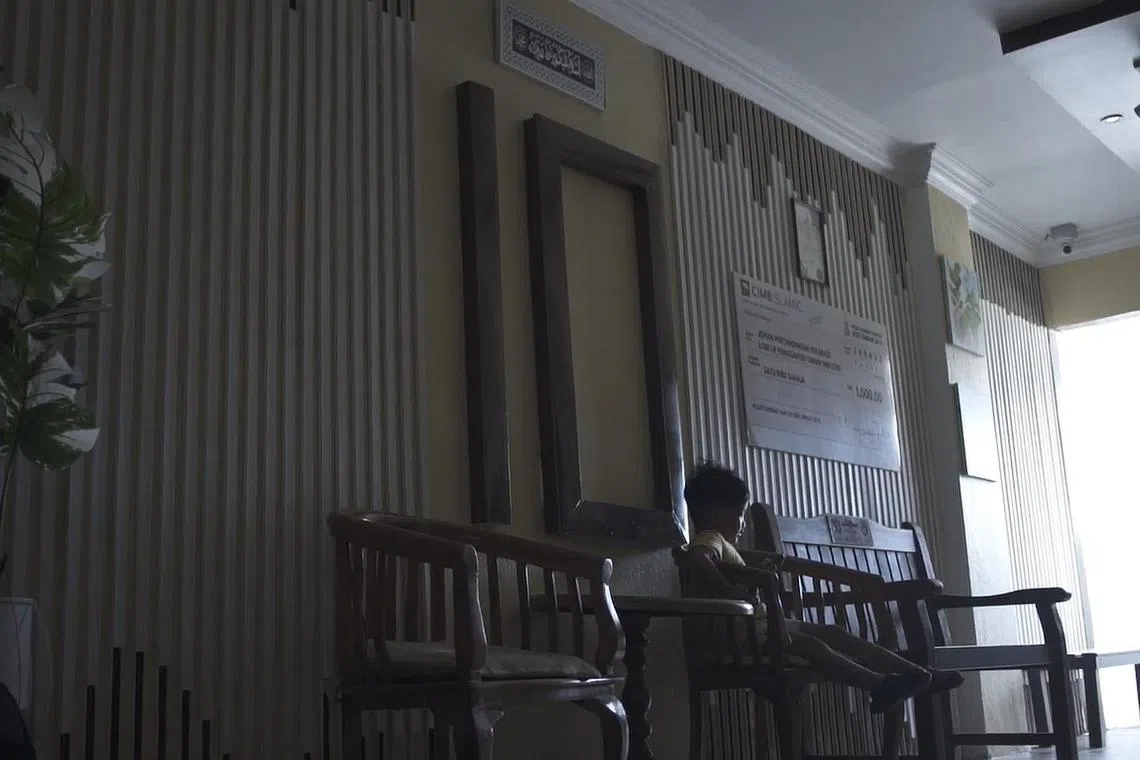Residents’ spruce-up effort a bright spot amid Malaysia’s affordable housing woes
Sign up now: Get insights on the biggest stories in Malaysia
Affordable housing in Malaysia has a bad reputation, being generally associated with congestion, notorious parking woes, a lack of cleanliness, and social ills. But one estate in the Lembah Jaya constituency in Ampang, has proved otherwise.
Follow topic:
KUALA LUMPUR - There are some 1,000 to 6,000 applicants for every affordable housing unit launched within the sprawling urban Klang Valley area, a reflection of Malaysia’s housing shortage which new Local Government Development Minister Nga Kor Ming is seeking to remedy.
He has moved to consolidate the country’s public and affordable housing schemes, which are currently run by multiple federal and state bodies, some with the cooperation of private developers.
There were at least 20 federal and state bodies involved in building or commissioning their own affordable housing, and all but eight of them are now under his ministry.
Malaysia has several affordable housing schemes, with the most famous being Program Perumahan Rakyat (People’s Housing Programme), a government initiative that saw multiple high-density flats built all over the country – mainly in urban areas – as squatter settlements were cleared.
But the affordable homes are insufficient for the growing numbers of Malaysia’s low-income group.
Malaysia’s central bank data from 2021 laid bare the problem of affordable housing in the country. As at 2020, the median house price was RM295,000 (S$89,500). By World Bank calculations, 76 per cent of Malaysian households – which earn less than RM8,333 a month – can afford properties that cost up to RM300,000. But only 36 per cent of new homes being built in Malaysia are priced around that range, according to Bank Negara Malaysia.
Madam Haniza Talha, a state assemblywoman in Selangor, Malaysia’s most populous state, said the country’s affordable housing woes require urgent remedy and intervention from the government.
Malaysia’s housing is deemed “seriously unaffordable”, going by World Bank and United Nations standards, with the house price-to-income ratio hitting 4.72 in 2020. Home prices rose by an average of 4.1 per cent a year for six years until 2020, almost double the country’s average income growth for the same period.
“There is a need to control the prices, otherwise they will just escalate further. There’s no chance for low-income earners to own a house,” Madam Haniza told The Straits Times.
Madam Haniza – who is also the former Selangor executive councillor for housing and urban living – said the rising trend of multiple generations living under the same roof in low-cost flats indicates the lack of such housing for low-income earners.
“We saw this problem during the pandemic, when everyone stayed indoors – there were up to 15 people in one house. There are not enough units to go around. Selangor’s population is reaching seven million, and land is scarce,” she said.

Selangor state assemblywoman Haniza Talha says the country’s affordable housing woes require urgent remedy and intervention from the government.
ST PHOTO: YUGAN SHANMUGAM
She believes that Malaysia needs a single body to be in charge of housing, instead of having multiple federal, state and private players in the sector. She added that putting the low-income in the same building leads to a lack of integration and social mobility. “It is a ticking time bomb,” she said.
The affordable housing built so far in Malaysia – flats, in particular – also has a bad rap, being associated generally with congestion, parking woes, a lack of cleanliness and social ills.
Public and affordable housing projects, like all high-rise developments, are maintained by a joint management body run by residents and funded by maintenance fees. This can result in neglect, particularly when residents are low-income earners.
The problem of rubbish being thrown down from the higher floors is widespread, at times exacerbated by non-functioning lifts. A 15-year-old boy died in 2018 after being struck by a chair thrown from an upper-floor flat in Kuala Lumpur.
One of Madam Haniza’s initiatives in her Lembah Jaya constituency – a densely populated semi-urban area in Ampang – is to help raise funds for residents in low-cost flats to spruce up their own living spaces.
This initiative has proven to be a rare success story – a low-cost tenement that shed the dysfunctions typical of such projects.

The Taman Industri Lembah Jaya flats in Ampang, built by private developers in 2006, were commissioned by the state government to rehome squatters in the area.
ST PHOTO: YUGAN SHANMUGAM
The Taman Industri Lembah Jaya flats in Ampang, built by private developers in 2006, were commissioned by the state government to rehome squatters in the area.
For years, this 525-unit block – each flat is a standard size of just over 600 sq ft – suffered from lifts that broke down frequently, and a lack of common amenities and upkeep.
Things turned around in 2019 when Mr Budiman Taib, a resident there, took over as its building manager. He solicited help from his fellow residents to restore two out of three lifts that were not working, and spruced up the place, which encouraged residents to keep the building generally clean.
“Attitude is the most important thing. The (flat) management has to be creative – we should be able to approach people and encourage the spirit of loving their own space. If you can’t convince the father, you convince the son,” said Mr Budiman, 47.

Taman Industri resident Budiman Taib took over as the block’s building manager in 2019, and helped encourage other residents to take pride in the place.
ST PHOTO: YUGAN SHANMUGAM
With the neighbours taking pride in their building, they pooled their own money in 2022 to organise a lift lobby decorating competition. The result is that each of the 21 floors now has a different lift lobby design, mostly with a seating area.
The building is equipped with just one small hall, and barely had any common areas for the residents to enjoy – until they created their own.
Similarly, they repurposed a spot for furniture disposal into a communal space to encourage interaction.
“Our living standards and our thinking have changed. It’s not about where we live, but it is about the people who live here,” said Mr Budiman’s sister, Madam Rohana Taib, 43, who has been living there since 2006.

A boy relaxing at one of the redecorated lift lobbies at the Taman Industri flats in Ampang.
ST PHOTO: YUGAN SHANMUGAM
Despite turning heads in their neighbourhood with their place-making initiatives, the residents want the government to pay greater attention to amenities for future affordable housing programmes.
Madam Haniza said: “If you put people in ugly places and faraway places without any facilities, they will behave badly. If you put them in a comfortable home, they will behave differently, they will be house-proud.
“Every citizen has the right to a comfortable home. If we give them that, the benefit will come back to the state as we will have better citizens.”


